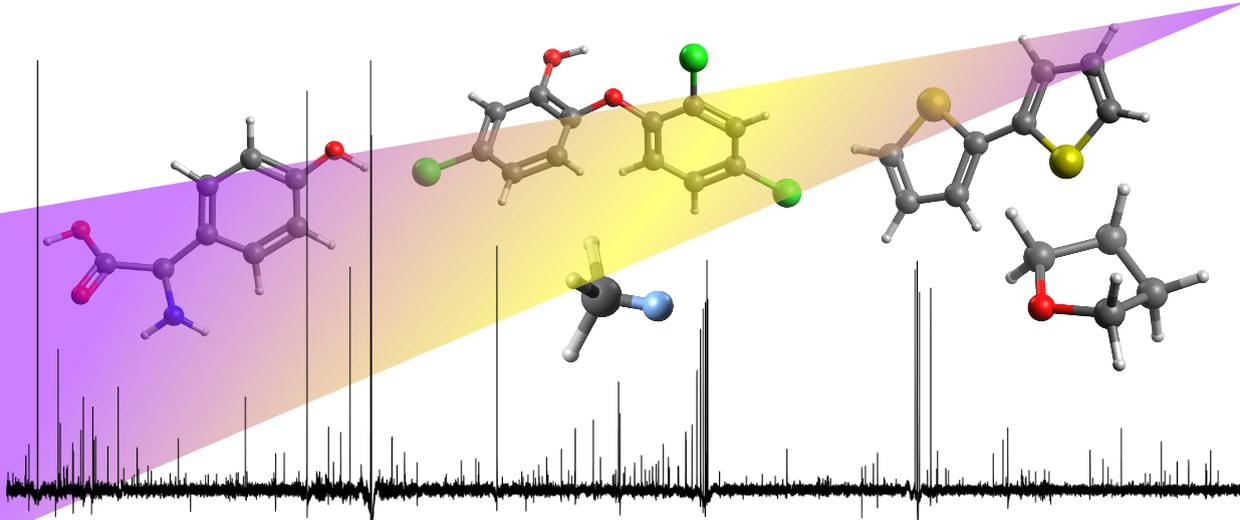Molecular spectroscopy is a branch of spectroscopy that studies the response of molecules when exposed to different forms of electromagnetic radiation. Through molecular spectroscopy, scientists are able to determine the molecular structure, identify unknown substances, and analyze molecular interactions.
What is Molecular Spectroscopy?
Molecular spectroscopy refers to techniques that involve using electromagnetic radiation in the microwave, infrared, visible, ultraviolet, or X-ray regions of the electromagnetic spectrum to study molecules. When molecules interact with electromagnetic radiation, they absorb photons at frequencies that are characteristic of their structure, composition, and symmetry. By analyzing the absorption and emission spectra of molecules, spectroscopists can determine detailed information about molecular structure and dynamics. Some common techniques used in molecular spectroscopy include infrared spectroscopy, microwave spectroscopy, Raman spectroscopy, electronic spectroscopy, NMR spectroscopy etc.
Infrared Spectroscopy
Infrared spectroscopy is one of the most widely used technique in molecular spectroscopy. It relies on the fact that molecules absorb specific frequencies of infrared radiation depending on their molecular structure and chemical composition. When the frequency of the incident IR radiation matches the vibration frequency of the bonds in a molecule, it causes the bonds to vibrate which leads to absorption of radiation. By analyzing the IR absorption spectrum, detailed information about the types of bonds, bond strengths, and molecular geometry can be obtained. Infrared spectroscopy is extensively used in chemistry to identify unknown organic and inorganic compounds and determining their molecular structures.
Raman Spectroscopy
Different from infrared spectroscopy, Raman spectroscopy is based on inelastic scattering of monochromatic light, usually from a laser source in the visible, near infrared, or near ultraviolet range. When light interacts with molecules, the energy of the photons may be shifted up or down. This shift provides information about vibrational, rotational, and other low frequency modes in a system. Raman scattering results from a change in the polarizability of the molecule and provides unique molecular fingerprints. Raman spectroscopy allows distinction between structurally similar compounds and is often used to study intermolecular interactions, polymorphism and hydrogen bonding.
Electronic Spectroscopy
This technique involves use of electromagnetic radiation in the visible, ultraviolet or X-ray region which corresponds to electronic transitions in molecules. Exposure of molecules to this high energy radiation causes excitation of electrons from the ground state to excited electronic states. By analyzing the absorption wavelengths in the electronic absorption spectrum, information about the presence of conjugation or color centers can be deduced. Electronic spectroscopy plays an important role in understanding the electronic structure of organic dyes, semiconductors and conjugated polymers. It is also used in photochemistry to study photoisomerization and photodissociation processes.
Applications
Molecular Spectroscopy is utilized in various scientific fields including chemistry, physics, geology, materials science and astronomy. Key applications include identification of unknown substances like minerals, drugs, chemical compounds etc. It helps in elucidating reaction mechanisms by detecting intermediate molecular species. Molecular structural analysis through vibrational frequencies allows understanding interactions in biomolecules like proteins and nucleic acids. In physics, molecular spectroscopy is essential for studying energy level transitions, molecular bonding and dynamics. It helps astronomers analyze atmospheric components of planets and classify interstellar molecules through their spectroscopic signatures. Overall, molecular spectroscopy enables enormous insights into molecular properties and behavior through interaction with electromagnetic radiations.
*Note:
1. Source: Coherent Market Insights, Public sources, Desk research
2. We have leveraged AI tools to mine information and compile it

